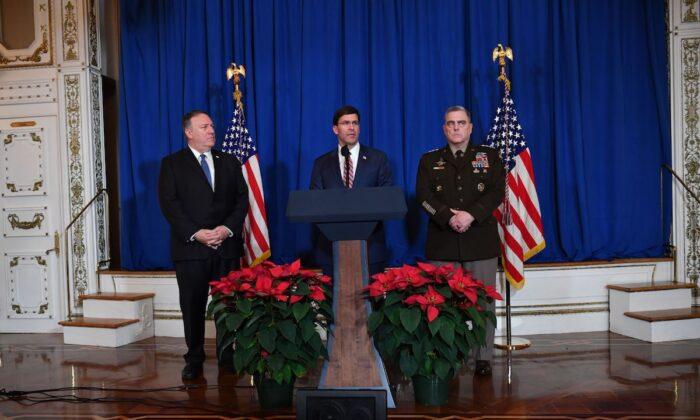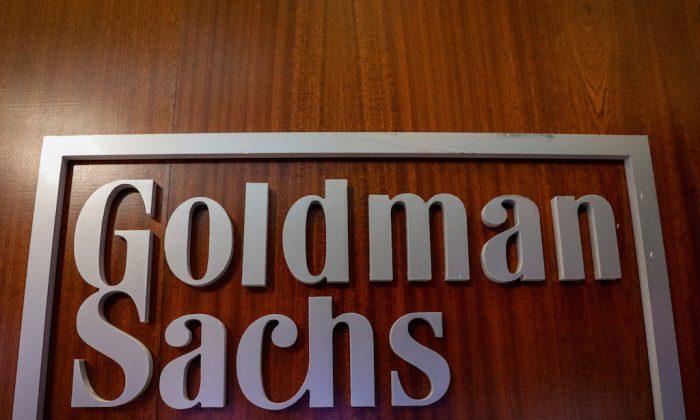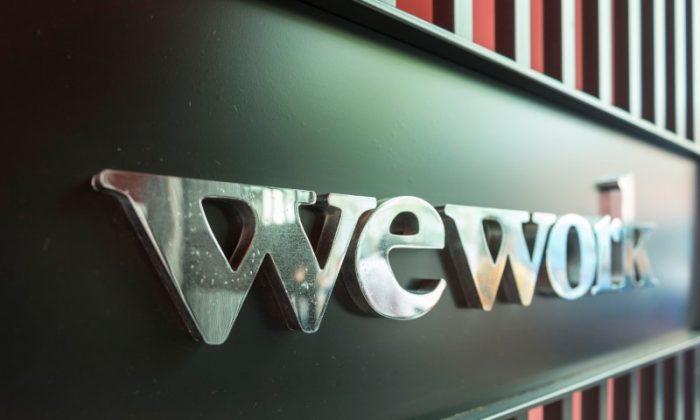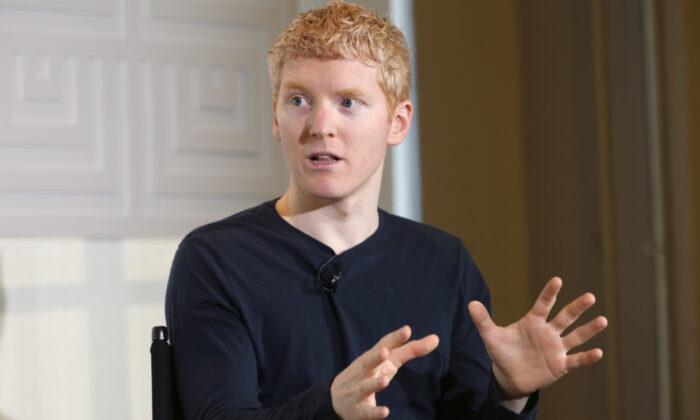LVMH offered about $14.5 billion in cash for U.S. jeweler Tiffany & Co. in what would be the biggest purchase by the French owner of Louis Vuitton, according to people familiar with the matter.
LVMH’s all-cash bid values Tiffany at about $120 a share, one of the people said. That’s almost 22% more than the closing price of $98.55 on Oct. 25. The luxury group approached Tiffany with a takeover proposal earlier this month, said the people, who asked not to be identified because discussions are private. Tiffany is currently evaluating the bid and there’s no guarantee an agreement will be reached, they said.
Tiffany shares are worth $12 billion after advancing about 22% this year. Paris-based LVMH has risen 49%, giving it a market capitalization of about $215 billion.
An acquisition would give LVMH an iconic 182-year-old U.S. brand known for its robin’s egg blue boxes and its role as a favorite haunt of Holly Golightly in Truman Capote’s “Breakfast at Tiffany’s.” The French company already owns labels ranging from Givenchy haute couture to Sephora cosmetics stores, Hublot watches, Bulgari jewelry, and Dom Perignon Champagne.
A takeover of Tiffany would be bigger than the $7 billion LVMH paid for the rest of Christian Dior in 2017. It would also be Chairman Bernard Arnault’s first major transaction since the purchase of luxury hotel chain Belmond last year, and potentially among the largest deals by a European company in 2019.
Beating Estimates
A purchase would further diversify the conglomerate, which has been riding a wave of luxury demand in China but faces risks including that country’s trade war with the U.S. and the months-long anti-Beijing protests in Hong Kong. The company nonetheless beat analysts’ estimates with a 19% sales gain for its key fashion and leather business in the most recent quarter.After a difficult period when it lost track of consumer trends and suffered from a slump in U.S. tourism, Tiffany has been bouncing back under Chief Executive Officer Alessandro Bogliolo, revamping its New York flagship store with major investments targeting younger shoppers.
Bogliolo, a former executive of Bulgari and jeans label Diesel who was hired by the U.S. jeweler two years ago after hedge fund Jana Partners pushed for changes, has refreshed Tiffany’s marketing. The CEO said last month that he plans to open more stores in mainland China as a weak yuan deters the country’s consumers from spending overseas.
While global names dominate categories like high-end watches and handbags, consumers have been less focused on labels and more interested in smaller producers when it comes to buying diamond pendants or gold hoops. A study by consultancy McKinsey found that brands made up only 20% of the jewelry market in 2014—a figure it expects to double by 2020.
LVMH is looking to sharpen its focus on the U.S., the company’s second-largest region by revenue behind Asia. Earlier this month, it opened a new Louis Vuitton factory in Texas in a ceremony that included President Donald Trump and his daughter Ivanka.
In jewelry, the company isn’t as dominant as in fashion, as Swiss rival Richemont SA owns Cartier as well as Van Cleef & Arpels. Adding Tiffany would expand the French giant’s potential market with somewhat more accessible offerings. While Bulgari makes a watch for almost 2 million euros ($2.2 million), Tiffany is better known for engagement rings that might cost a couple months’ pay.
Losing Sparkle
Arnault is already Europe’s richest man. A deal would help keep him ahead of luxury rivals, including Richemont’s Johann Rupert and Gucci owner Kering’s Pinault family in the race to consolidate the luxury industry. With sales of more than $50 billion, LVMH dwarfs Tiffany, which has about $4.4 billion.If an agreement is reached, it would mark the latest push by a French acquiror to tap growth in the U.S. French technology company Dassault Systemes SE agreed in June to buy Medidata Solutions Inc., a software firm that analyzes clinical trials, for $5.7 billion. And last year, Axa SA acquired XL Group Ltd. for $15.3 billion, seeking to capture a bigger slice of the U.S. property and casualty market.




